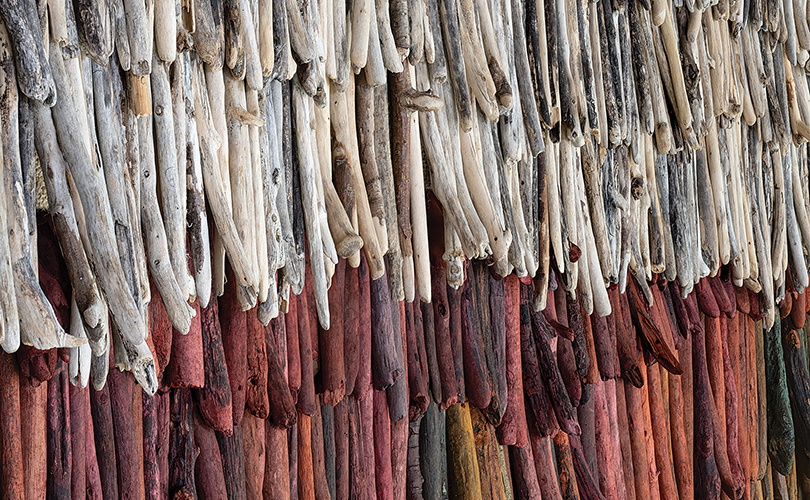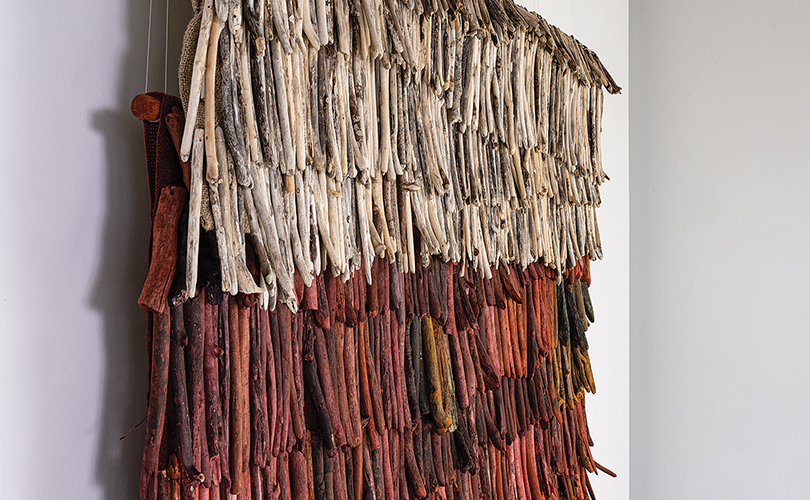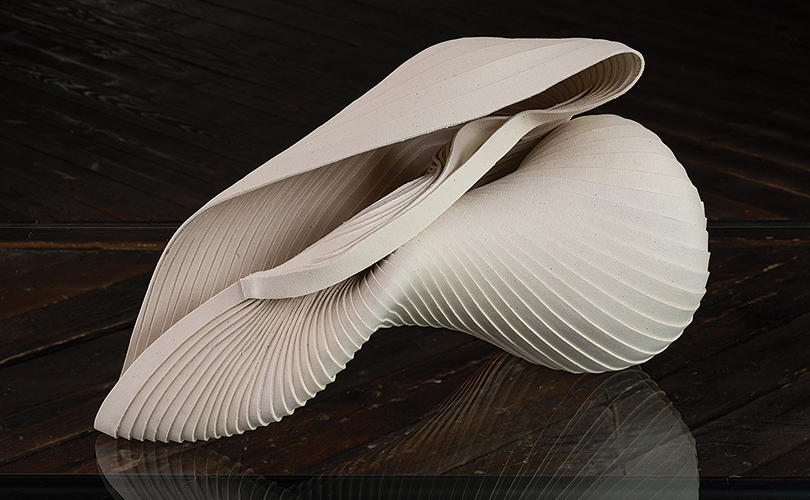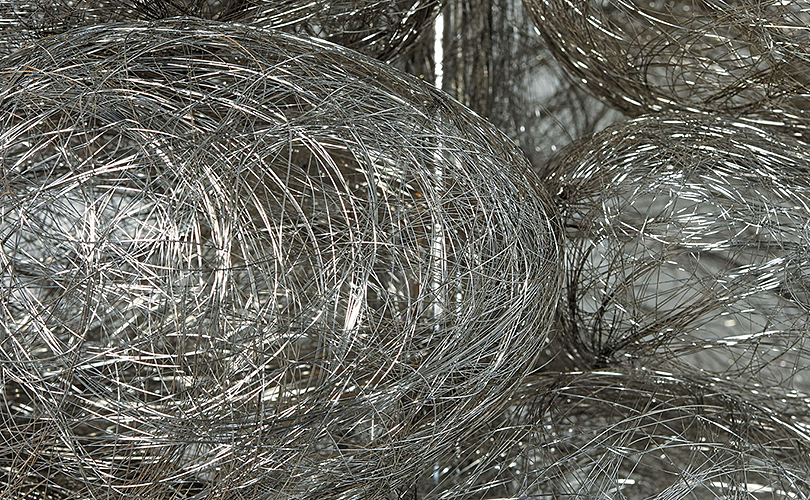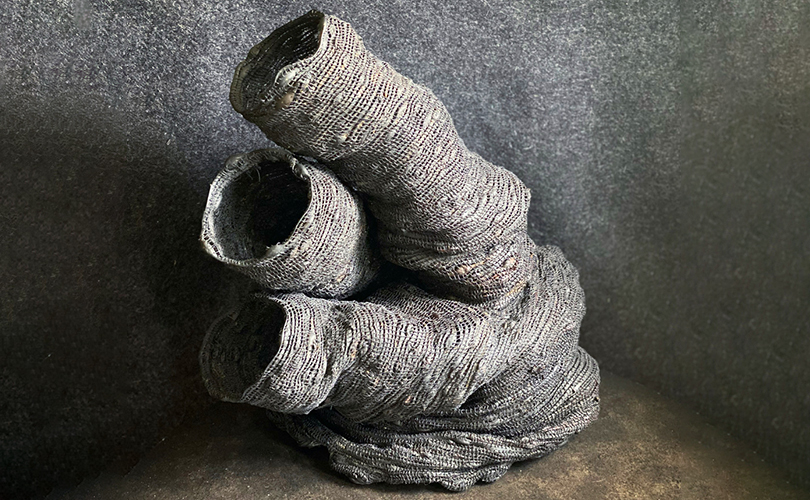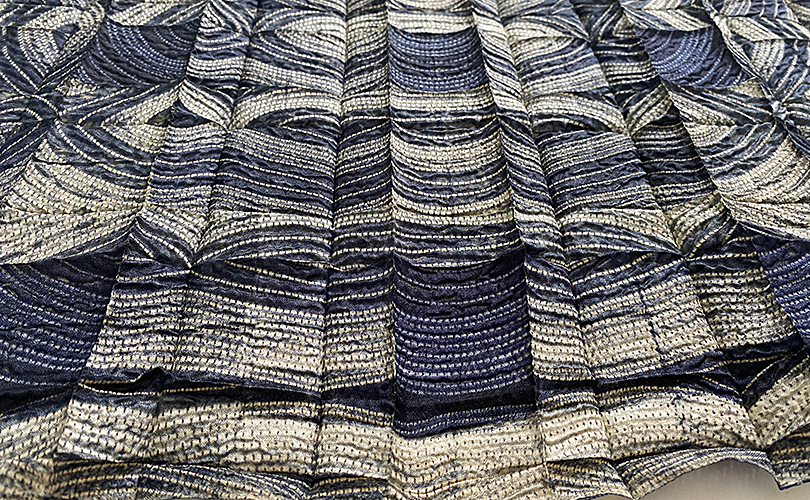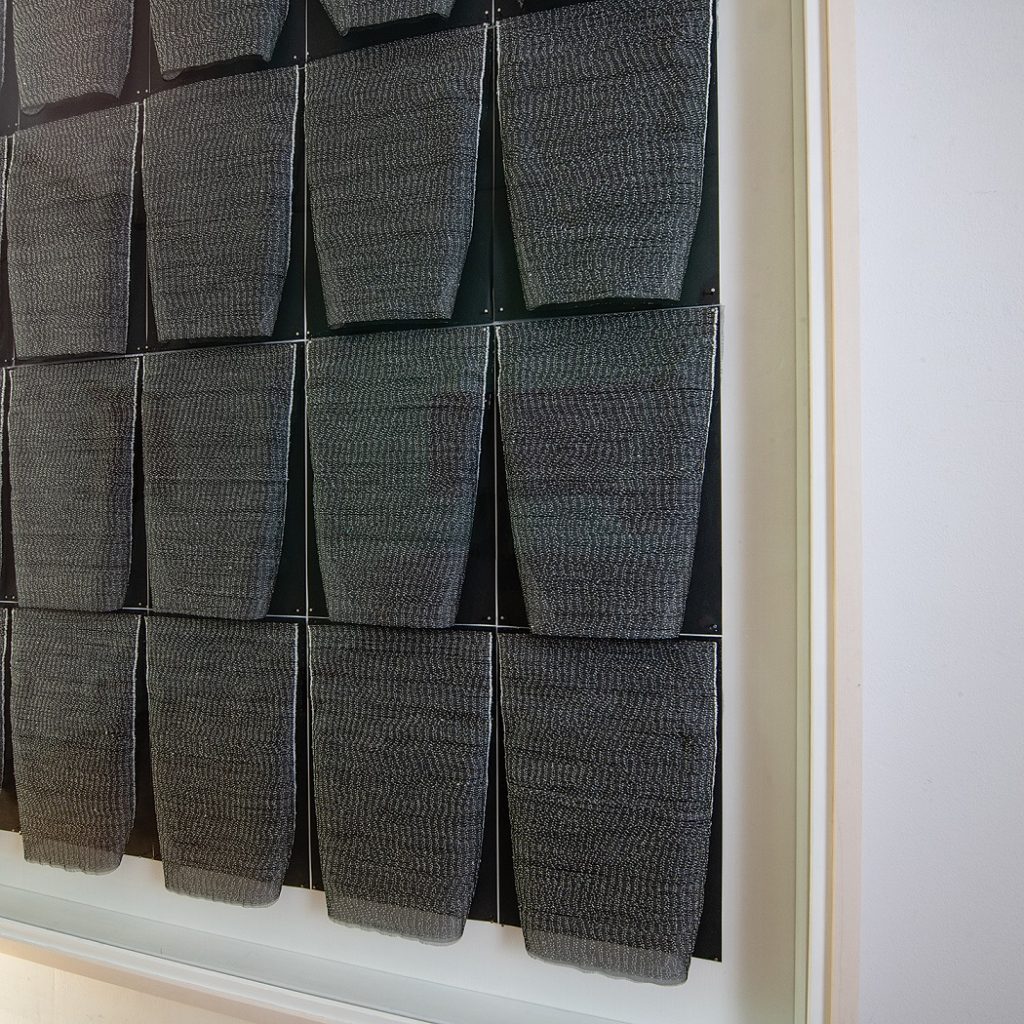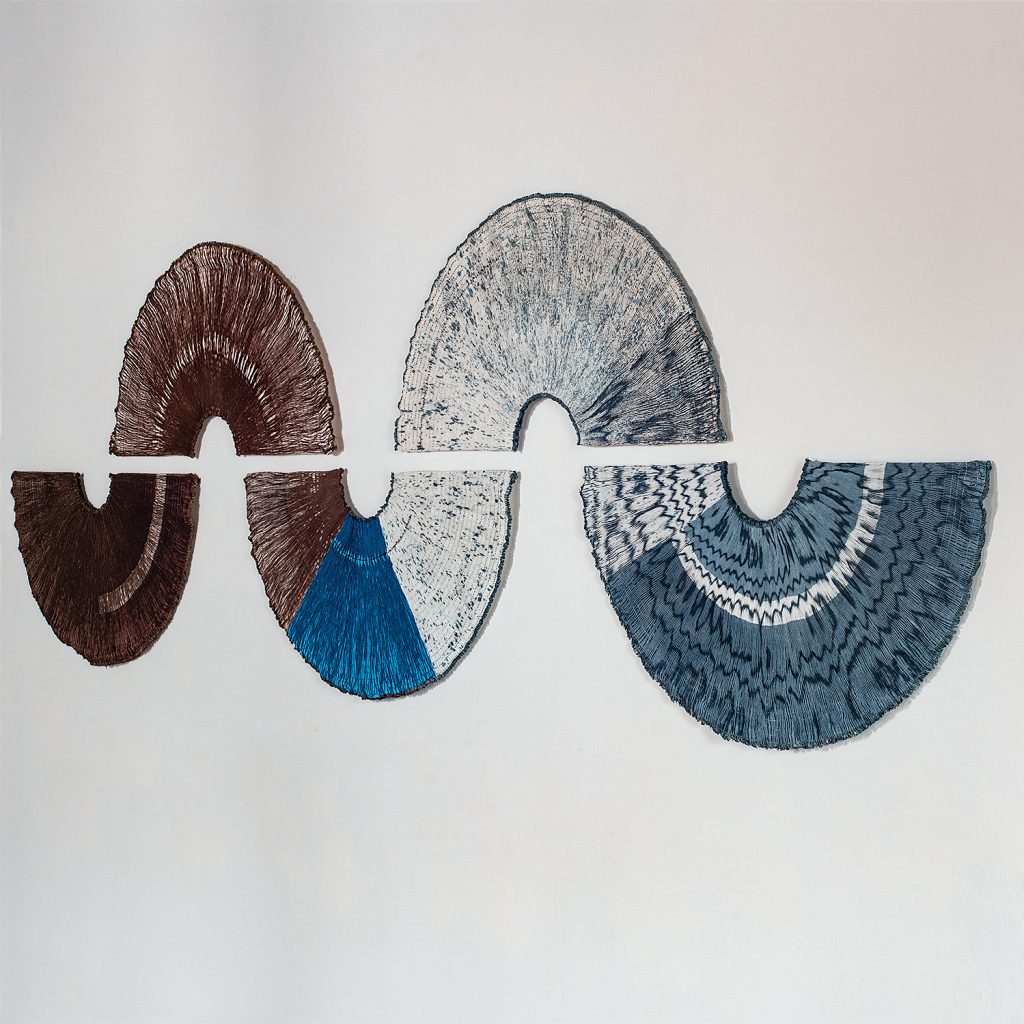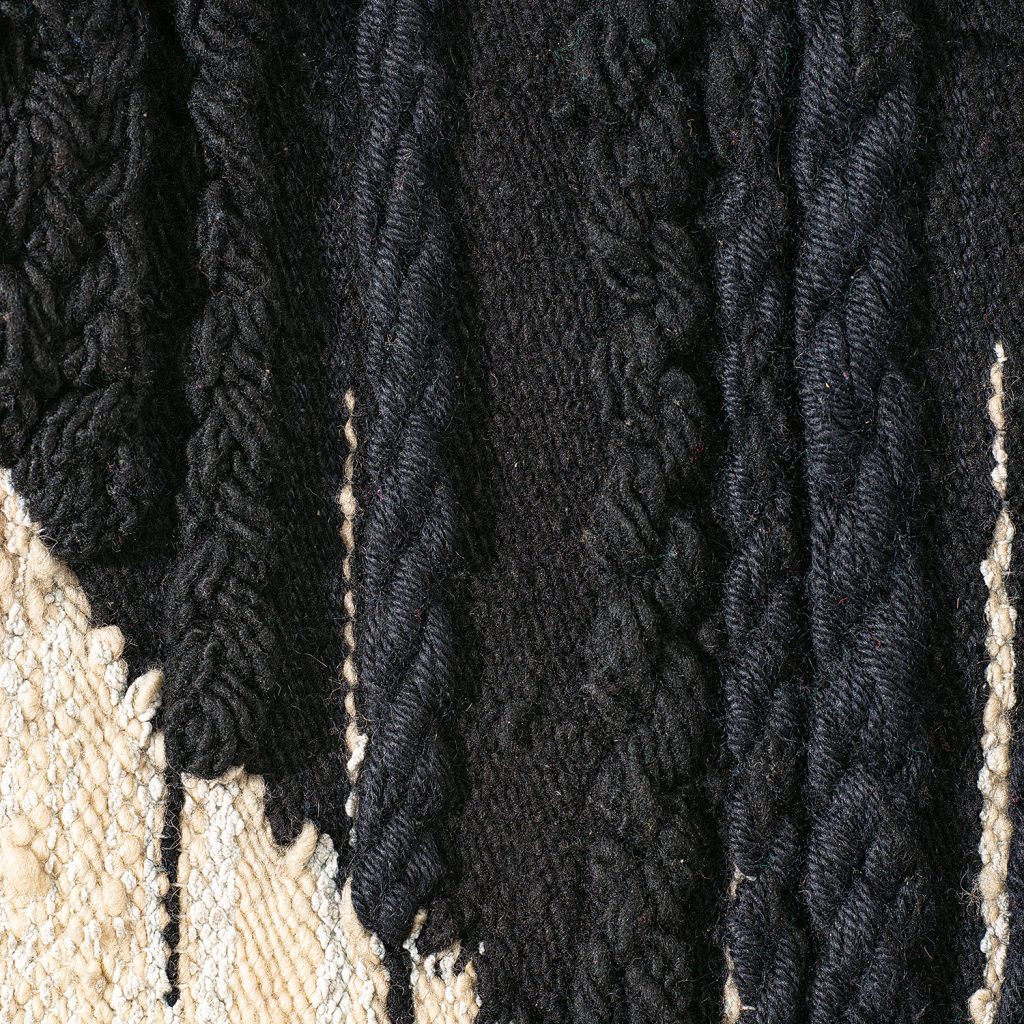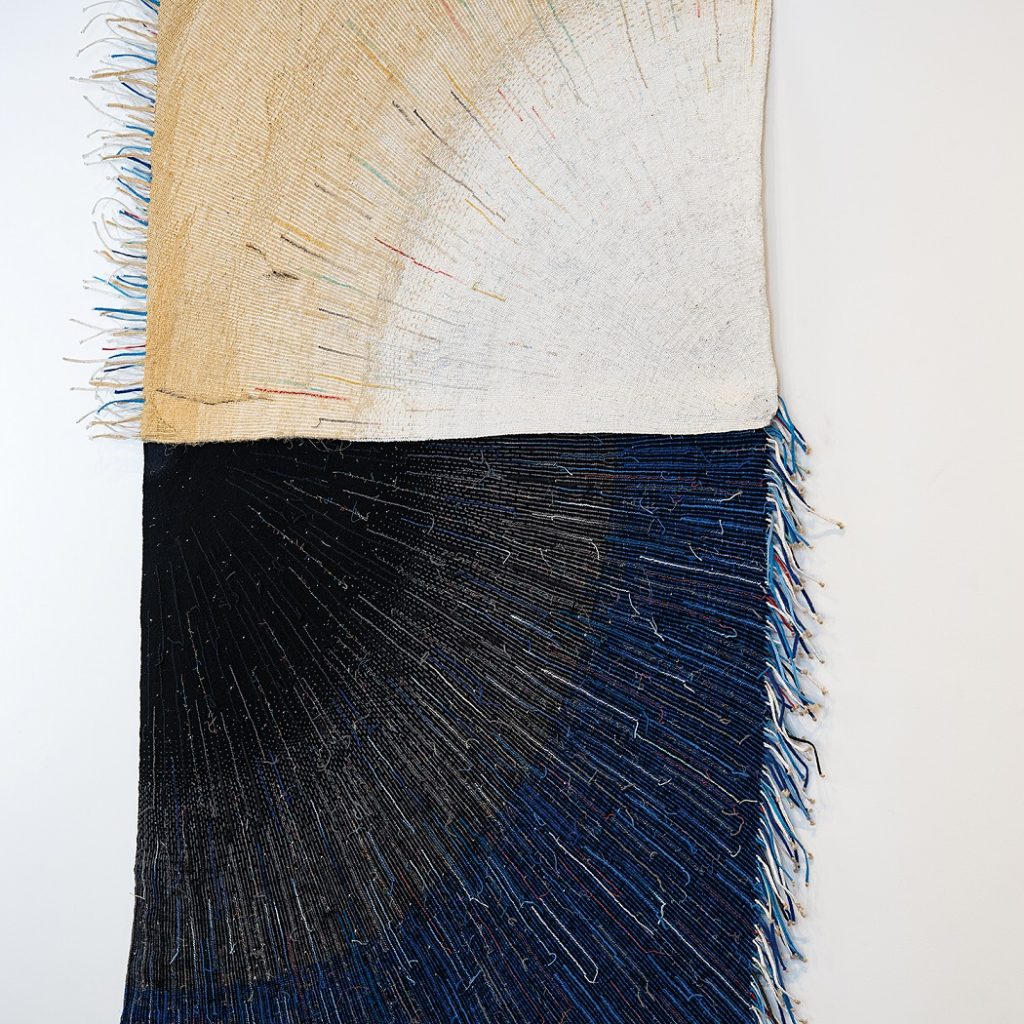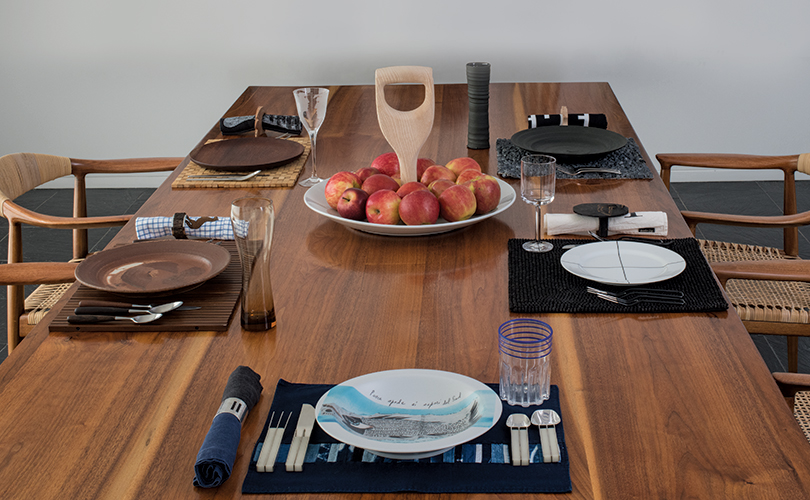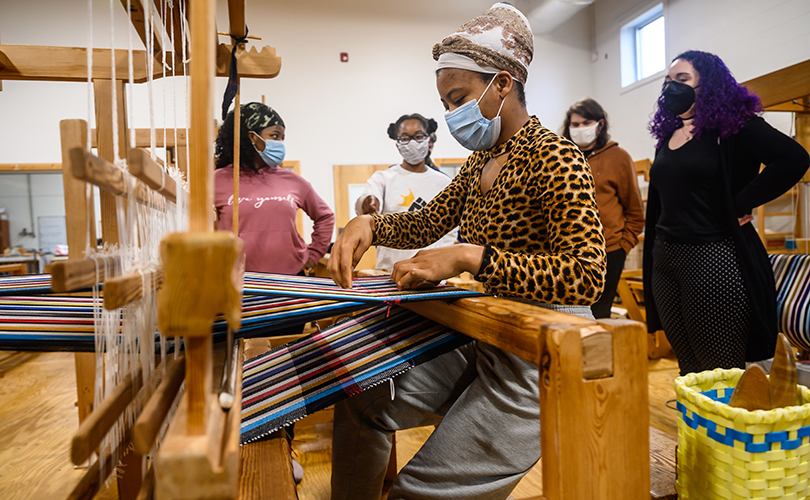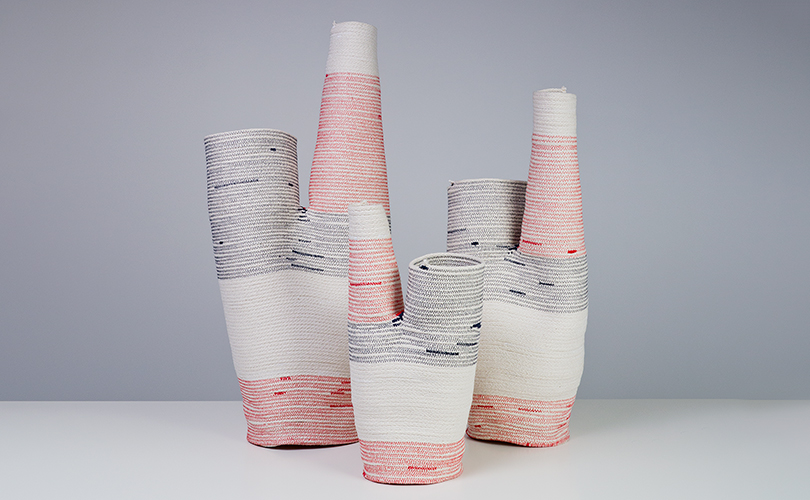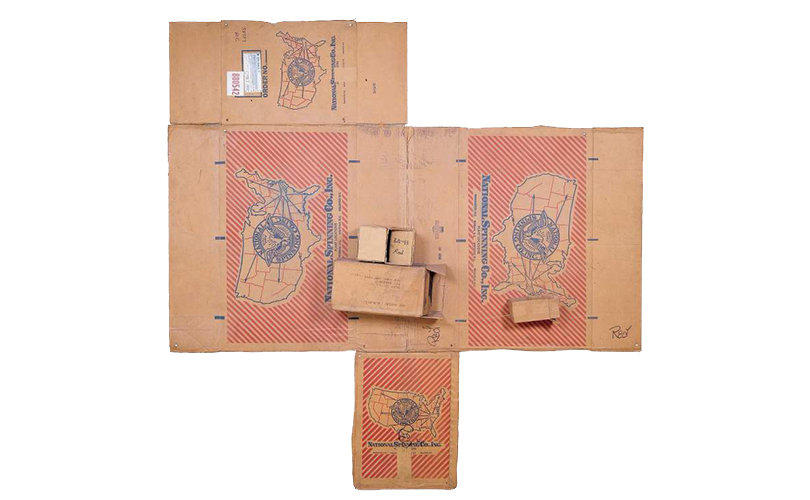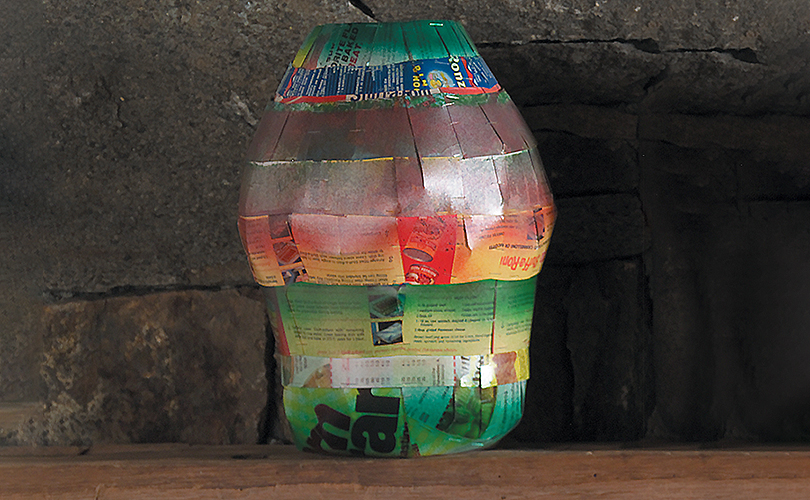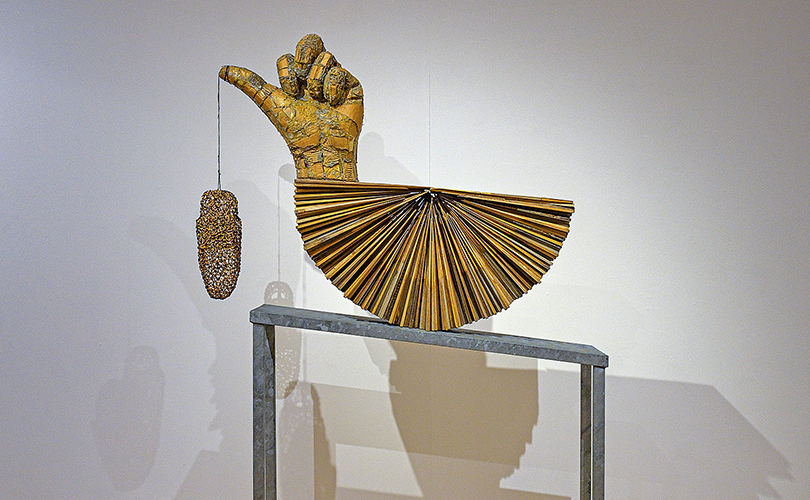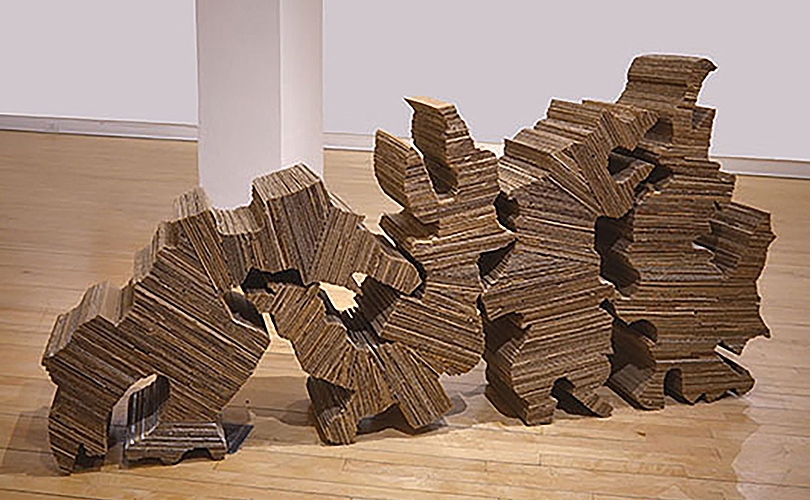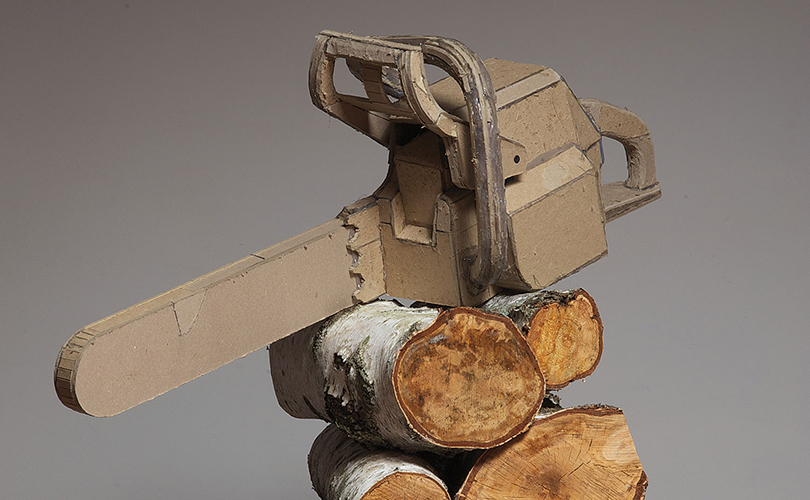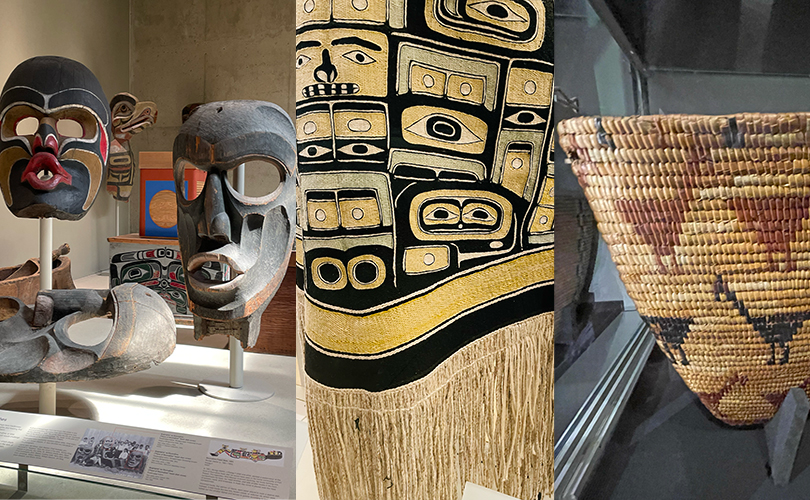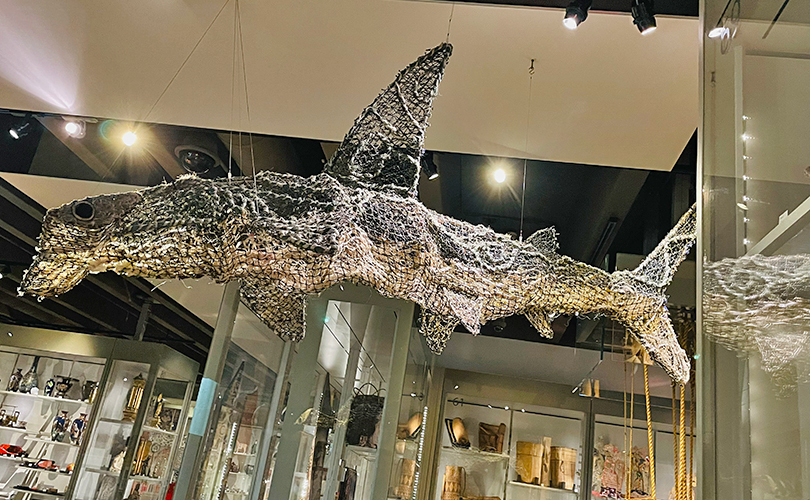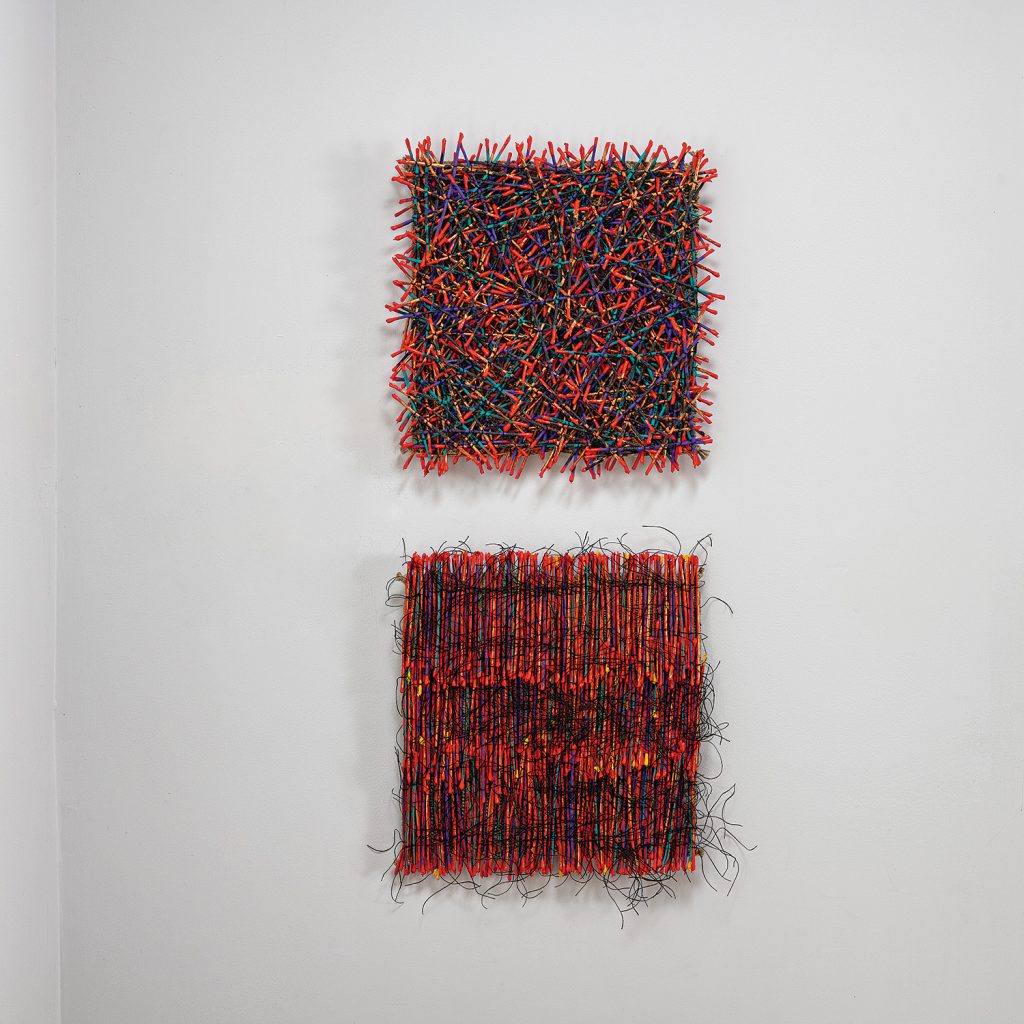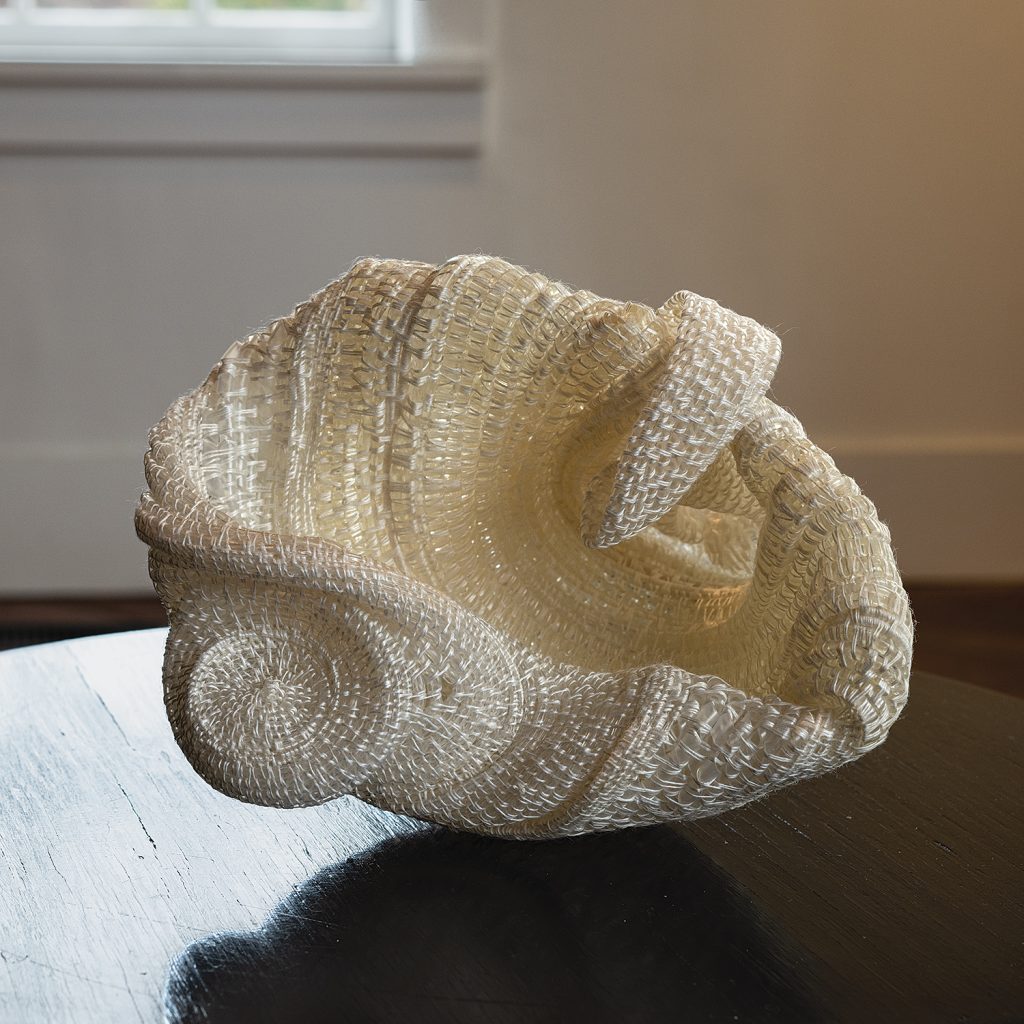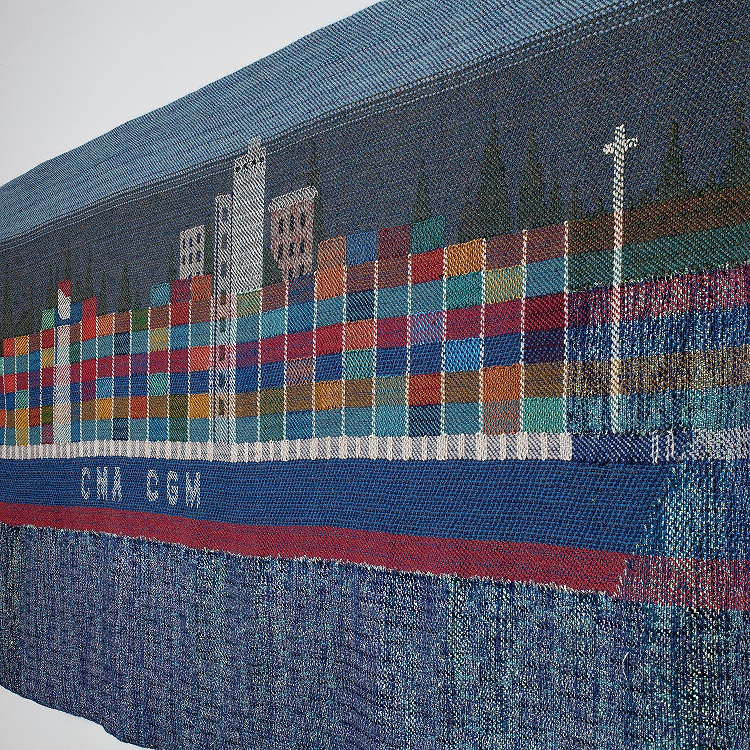As we settle into fall, things have not stopped heating up in our neck of the woods! This past month, we’ve been busy prepping for our Fall Art in the Barn exhibition and introducing you all to new artwork from artists all across the globe. Today, we’re recapping what we’ve brought into the mix throughout September.

To start off our series, we bring you Waiting 1-4, which was crated by Ukrainian artist, Aleksandra Stoyanov. This specific collection was the result of some of the unimaginable circumstances that this Stoyanov has experienced throughout her life.
This artwork’s inspiration dates back to the 1990s, after Stoyanov immigrated to Israel amid the worsening anti-semitism in Ukraine where she was born. Each panel in this collection stands nearly eight-feet tall and incorporates the image of a Ukrainian person drawn in pencil and woven in cloth.
This work was woven from Stoyanov’s own handmade threads of raw wool and portrays a deeply emotional quality.
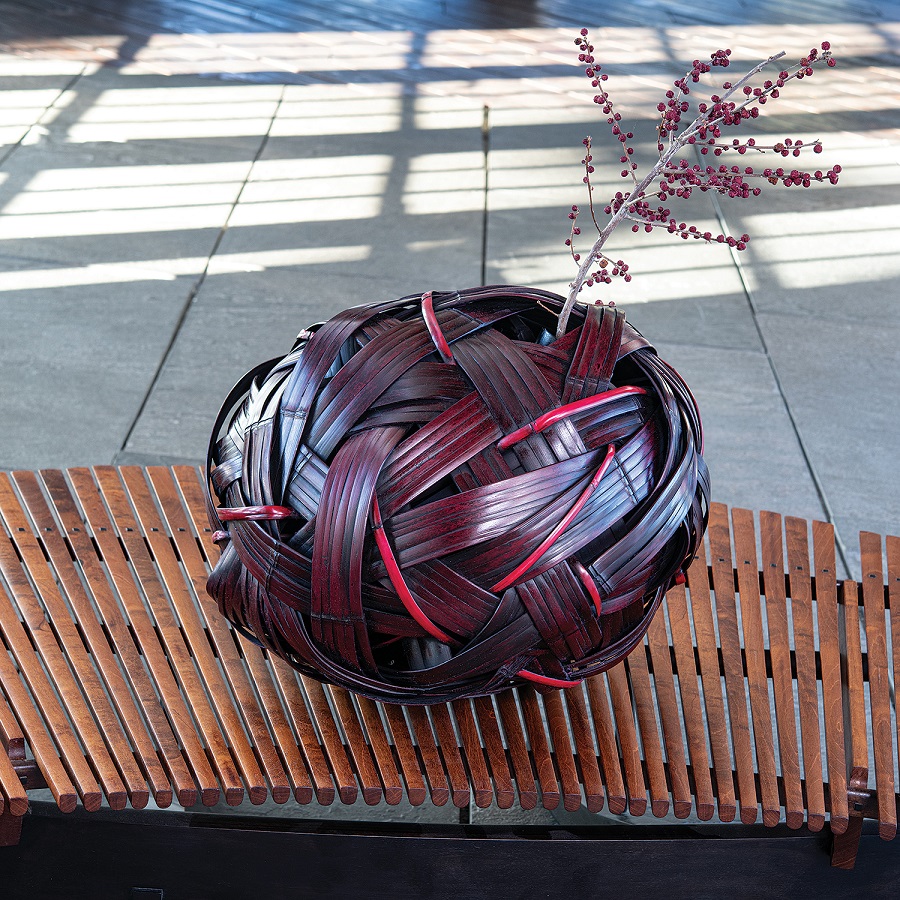
This next piece was created by internationally acclaimed artist, Jiro Yonezawa. Yonezawa has been paving the way with his innovative bamboo craftsmanship for nearly 40 years.
His artwork can often be recognized for the contrast of disciplined formality in technique and natural freedom in form, which Yonezawa creates through exploration of traditional techniques.
When asked about his work, Yonezawa said:
“Bamboo basketry for me is an expression of detailed precision. In each basket there is the contrast of disciplined formality in technique and natural freedom in form. There is an element of intrigue and an element of complexity for what lies beyond form. These baskets represent a search for the beauty and precision in nature and a way to balance the chaos evident in these times.”
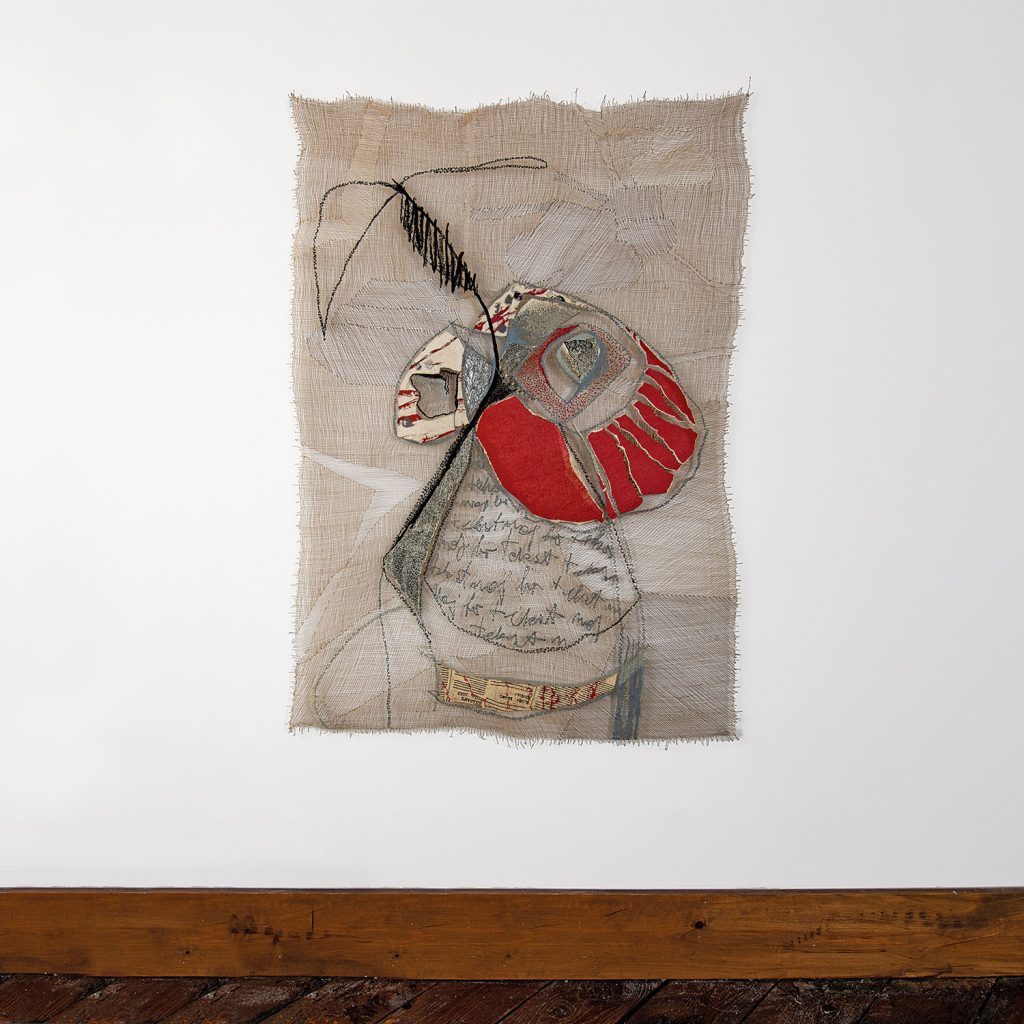
Our next piece was created by Slovenian artist Anda Klancic. Klancic has been recognized internationally for her use a combination of innovative embroidery techniques, many of which are patented under her name, allowing her to meticulously blend metal with cloth cotton or tree bark to fashion abstract pieces that crystallize the aesthesis of nature.
Klancic’s work can often be identified from her innovative and creative use of the machine-embroidered lace technique, which she skillfully combines with experience from other disciplines like photography. Often, her work attempts to express the relationship between humanity and nature.
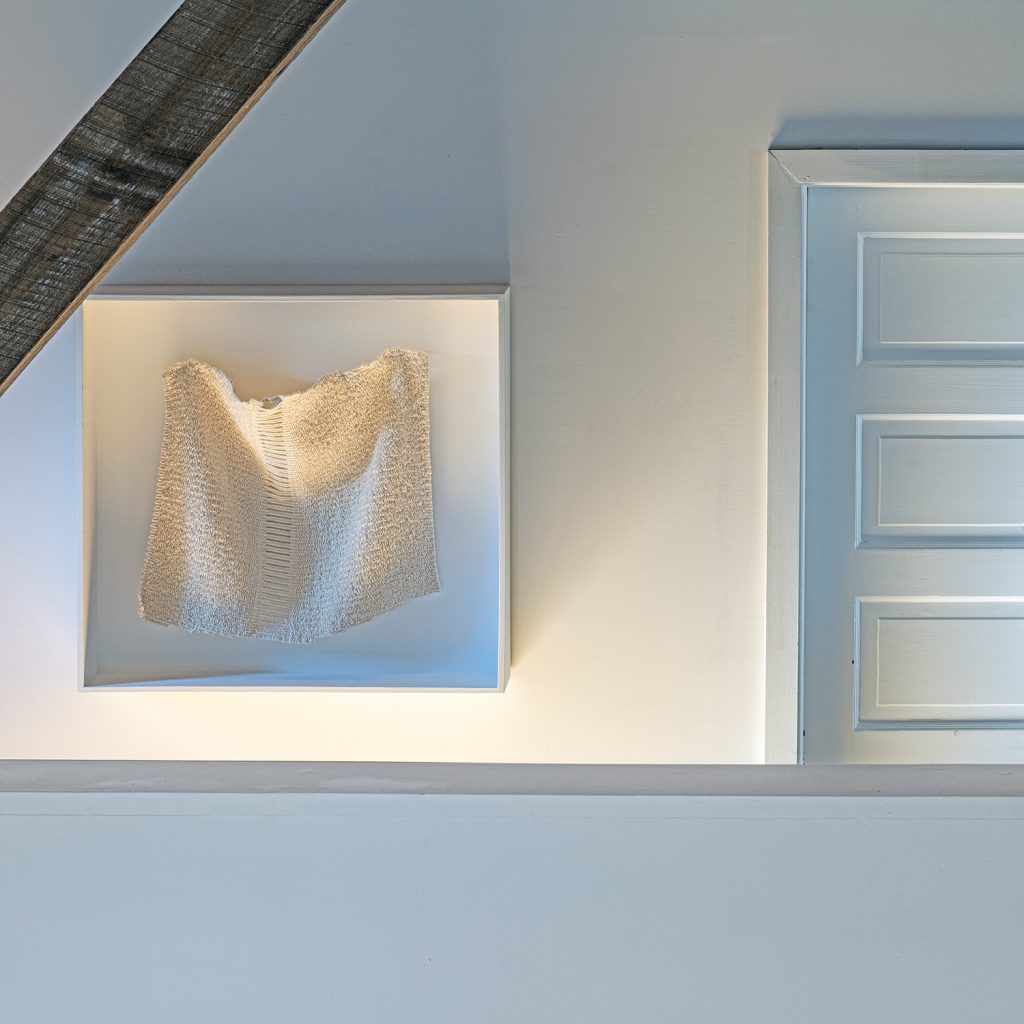
Last, but not least, we brought you artwork from the late Micheline Beauchemin of Canada. Beauchemin was and still remains a major figure in visual arts – best known for monumental tapestries and theater curtains, as well as works of embroidery and stained glass, costumes and paintings.
As a weaver, Beauchemin’s repertoire of materials included unique combinations of handspun wool, silk and other natural fibers, as well as nylon, aluminum, and gold and silver threads.
As always, we hope you enjoy viewing and learning about these talented contemporary artisst. If you like what we highlighted throughout September; we keep them coming every week, so stay tuned!
As we approach October, make sure you mark your calendar for our upcoming Art in the Barn event, Allies for Art: Work from NATO-related countries (October 8-16, 2022), it’s an event you won’t want to miss! Click here for more information and to reserve your spot.

